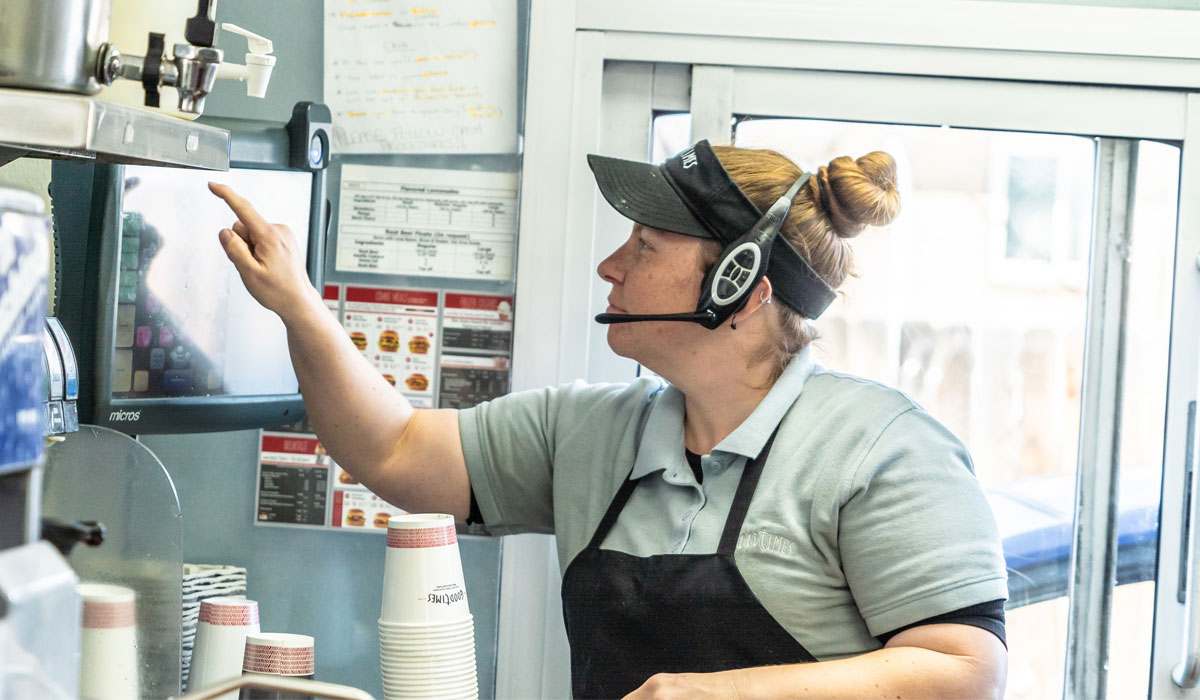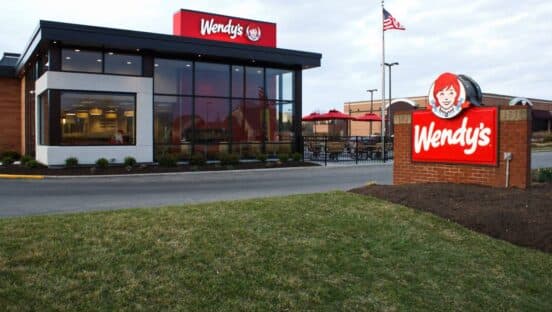Some say we’re entering a modern-day drive-thru renaissance.
Once dominated by the fast-food giants of yore, the humble drive thru is getting a facelift as brands scramble to research, invest in, and implement new technologies to not only boost efficiencies and build revenue, but also to enhance the customer experience.
Even drive-thru veterans have had to step up their game to compete with the likes of Starbucks, and most recently, Panera and Chipotle; brands that have made major investments in what has the potential to become an alternative revenue line that’s as strong (or stronger than) third-party delivery. “Consumers are saying they want convenience, but they also want a better experience, and the challenge for chains is how to give them both, even when they don’t physically enter the restaurant,” says Rob Seely, senior director of operations strategy and design for WD Partners.
There are many benefits to upgrading the drive thru, Seely says, namely enhanced speed of service, visual interest and throughput, shortened wait times, successful upselling and increased transaction value, and improved order accuracy.
Artificial intelligence
McDonald’s recently announced the purchase of Dynamic Yield, which uses artificial intelligence to personalize the drive-thru experience. “Customized menu displays will show different menu options based on time of day, weather, current restaurant traffic, and trending menu items, ultimately creating a simpler experience for customers and crew,” a McDonald’s release says.
Other chains are implementing similar platforms powered by AI. Good Times Burgers & Frozen Custard has partnered with Valyant AI, a Colorado-based artificial intelligence company focused on quick serves to automate some of the more mundane drive-thru processes so staff can focus on customer service. The chain rolled out the new system in January at a location in Denver, with plans to extend to more stores. “In just the first two months with the new system, the AI voice assistant has decreased the average drive-thru wait time by seven seconds,” says Rob Carpenter, founder and CEO of Valyant AI. And customers have good reports on the new technology as well—95 percent of customers reported that their interactions with the AI met or exceeded their expectations, and more than 80 percent of customers gave their experience with the AI four to five stars.
Here’s how it works: The AI senses a car in the line and immediately fires off a greeting. The customer places their order, and that goes directly to the kitchen ticketing system. The AI might also ask if the customer would like additional items, such as fries, a drink, or dessert. It can also notify the customer that certain menu items might not be available at that time of day and make alternative suggestions. The AI then tells the customer to pull forward to the pay and pickup window. As such, upsells have increased 70 percent. “The AI never gets tired, never gets bored or offended, so it can consistently upsell and continue to learn about the customers and patterns,” Carpenter says.
Modern menuboards
Seely says more brands are investing in enhanced menuboards that can be updated with new and featured menu items in real time while also “hiding” items that might take longer to make or are a harder sell.
Clean Juice, a made-to-order juice and smoothie franchise with 75 locations, recently introduced its first drive-thru location with menuboard enhancements in Lafayette, Louisiana. Led by a former McDonald’s franchisee, the location features modern menuboards that showcase videos, such as colorful juice being poured into a glass. The platform can also be used to make instant menu changes or to highlight seasonal items in the cloud, from and to any store around the country. An upgraded and integrated kitchen ticketing system prints out stickers with names and orders that can be placed on cups, while the back end draws in orders from in the store, online, third-party, and the drive thru.
“We are already seeing 60 percent of store sales coming from the drive thru at this location,” says Landon Eckles, cofounder and CEO. While Clean Juice allows customers placing orders through the mobile app to “fly through” the drive thru to pick up their order, the chain is also working on integrating third-party delivery orders to allow DoorDash, Uber Eats, and other drivers to do the same.
Geo-tracking and fly-through lanes
Mobile ordering, geo-tracking, and “fly-through” lanes will also characterize the drive thru of the future, Seely says.
Geo-tracking lets customers track orders and notifies the restaurant when customers arrive. Some chains are also testing separate lanes for mobile or third-party delivery orders for pickup only. “These upgrades will likely have an impact on the back of the house, which will need improved foodservice equipment to maintain quality during holding times,” he says.
The consensus among technology providers and consultants alike is that the modern drive thru will not be a binary situation, where a “magic solution” will soon be produced or every brand will have a clear recipe for success. “Just like with third-party delivery platforms, I do believe there needs to be some tempering of expectations, at least in the short term, as these systems continue to evolve,” Carpenter says. “Restaurants are looking for any opportunity to gain a competitive edge, and the motivation from executives to open new lines of income, I think, will be the primary driver for drive-thru upgrades going forward.”










